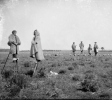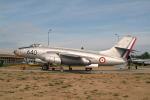You are using an out of date browser. It may not display this or other websites correctly.
You should upgrade or use an alternative browser.
You should upgrade or use an alternative browser.
Cool History Stuff
- Thread starter Rico
- Start date
I like the tripod effect. The third stick gives them a chance to stop, rest, and maybe a chitchat.
Nice wooly coats too....
Nice wooly coats too....
Ancient sense of humor: Greek lead sling bullet, inscribed with DEXAI, (meaning in greek"Catch!“) 1600 years old


Gotta love those weird and wonderful 1950's and early 60's jet aircraft designs.
The SNCASE Grognard (Grumbler in French, from the nickname for a soldier of Napoleon's Old Guard) was a single-seat, low-level ground-attack aircraft prototype from 1950. The type was defeated in a competition by the (much better looking) Sud-Ouest Vautour II.
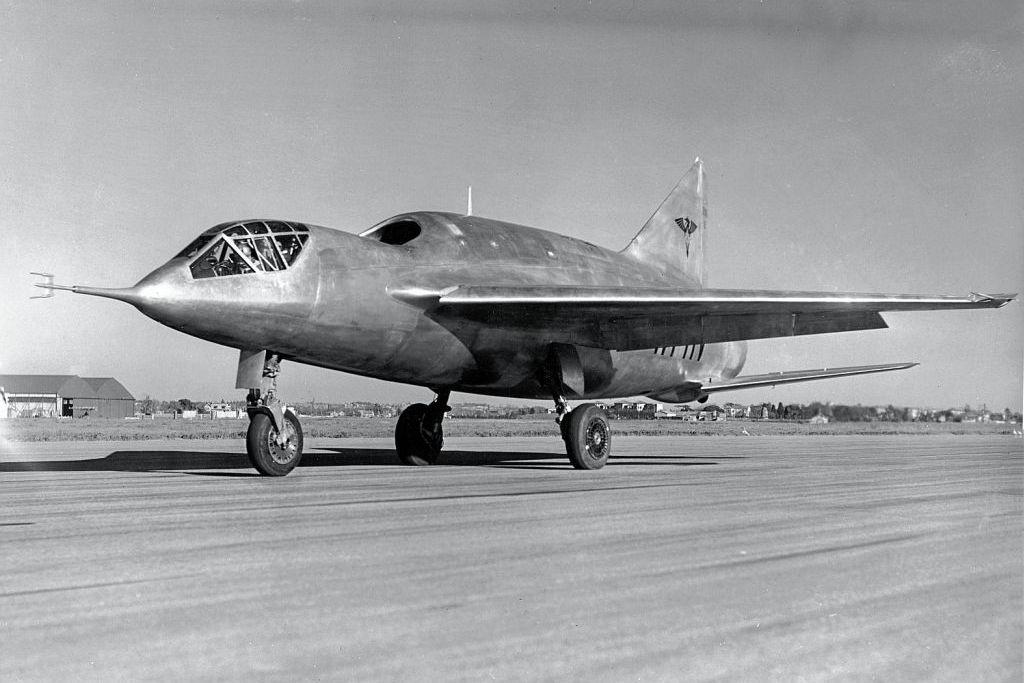
The SNCASE Grognard (Grumbler in French, from the nickname for a soldier of Napoleon's Old Guard) was a single-seat, low-level ground-attack aircraft prototype from 1950. The type was defeated in a competition by the (much better looking) Sud-Ouest Vautour II.

I wonder if the Grognard design gave better protection from ground fire.
And that Grognard had that anti-infantry trident on the nose for low level combat.
Case in the shape of a trout with six knives
Locality: Italy
Date: c. 1570
Material : Leather, bone, iron, partly gilded
Dimensions: L. 34.9 cm
This trout turns out to be a deceptively lifelike leather case containing six magnificently decorated knives with delicate handles made of bone. Cutlery cases in the shape of trouts from the Renaissance are extremely rare. Only a few examples have survived, including a closely related piece in the Green Vault in Dresden. As part of the Electoral Saxon Kunstkammer, it attests to the high esteem in which objects were held, which aroused amazement and admiration with their impressive imitation of nature. This trout case, which was undoubtedly in the possession of a distinguished personality, probably also belonged to the collection of a princely Kunst- und Wunderkammer (cabinet of arts and marvels).
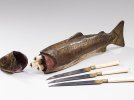

Locality: Italy
Date: c. 1570
Material : Leather, bone, iron, partly gilded
Dimensions: L. 34.9 cm
This trout turns out to be a deceptively lifelike leather case containing six magnificently decorated knives with delicate handles made of bone. Cutlery cases in the shape of trouts from the Renaissance are extremely rare. Only a few examples have survived, including a closely related piece in the Green Vault in Dresden. As part of the Electoral Saxon Kunstkammer, it attests to the high esteem in which objects were held, which aroused amazement and admiration with their impressive imitation of nature. This trout case, which was undoubtedly in the possession of a distinguished personality, probably also belonged to the collection of a princely Kunst- und Wunderkammer (cabinet of arts and marvels).


Last edited by a moderator:
There’s something fishy about this …
Designed and built in just 12 weeks, the Goodyear 'Inflatoplane' was a rubber aircraft that could be quickly inflated and flown. This bizarre two-seat machine was tested between 1958 and 1972 as a method of extracting downed aircrew from behind enemy lines. None were ever used.
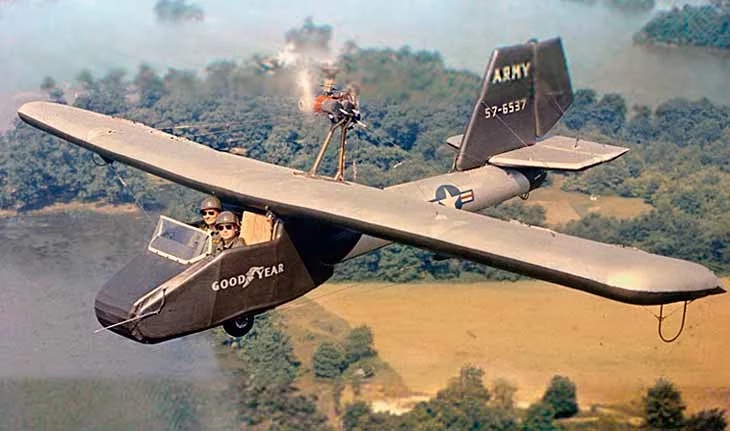

Robe and Axe of Giovanni Battista Bugatti, who was the official executioner for the Papal States from 1796 to 1864. During his tenure he executed 514 people.
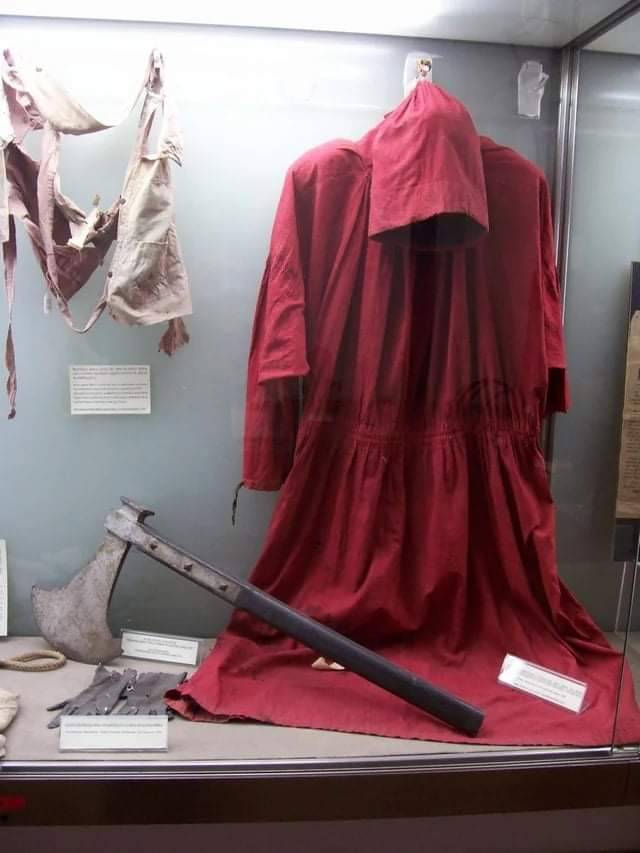

Robe and Axe of Giovanni Battista Bugatti, who was the official executioner for the Papal States from 1796 to 1864. During his tenure he executed 514 people.

I bet he was popular with the ladies.
Let's execute someone!
Very informative, it's interesting to see how volcanos affect the fertility of the land too.
I guess that's why people live too close to them.
Very informative, it's interesting to see how volcanos affect the fertility of the land too.
I guess that's why people live too close to them.
Ahhh, lava.
March 28, 1940, the Dutch Air Force shoots down it's first plane in WW2.
A British Whitley bomber was shot down over Pernis, Rotterdam by a Dutch Fokker G1.
Neutral Holland had the obligation to intercept any kind of intruder of Dutch air space. The five men Whitley crew suffered one fatality.
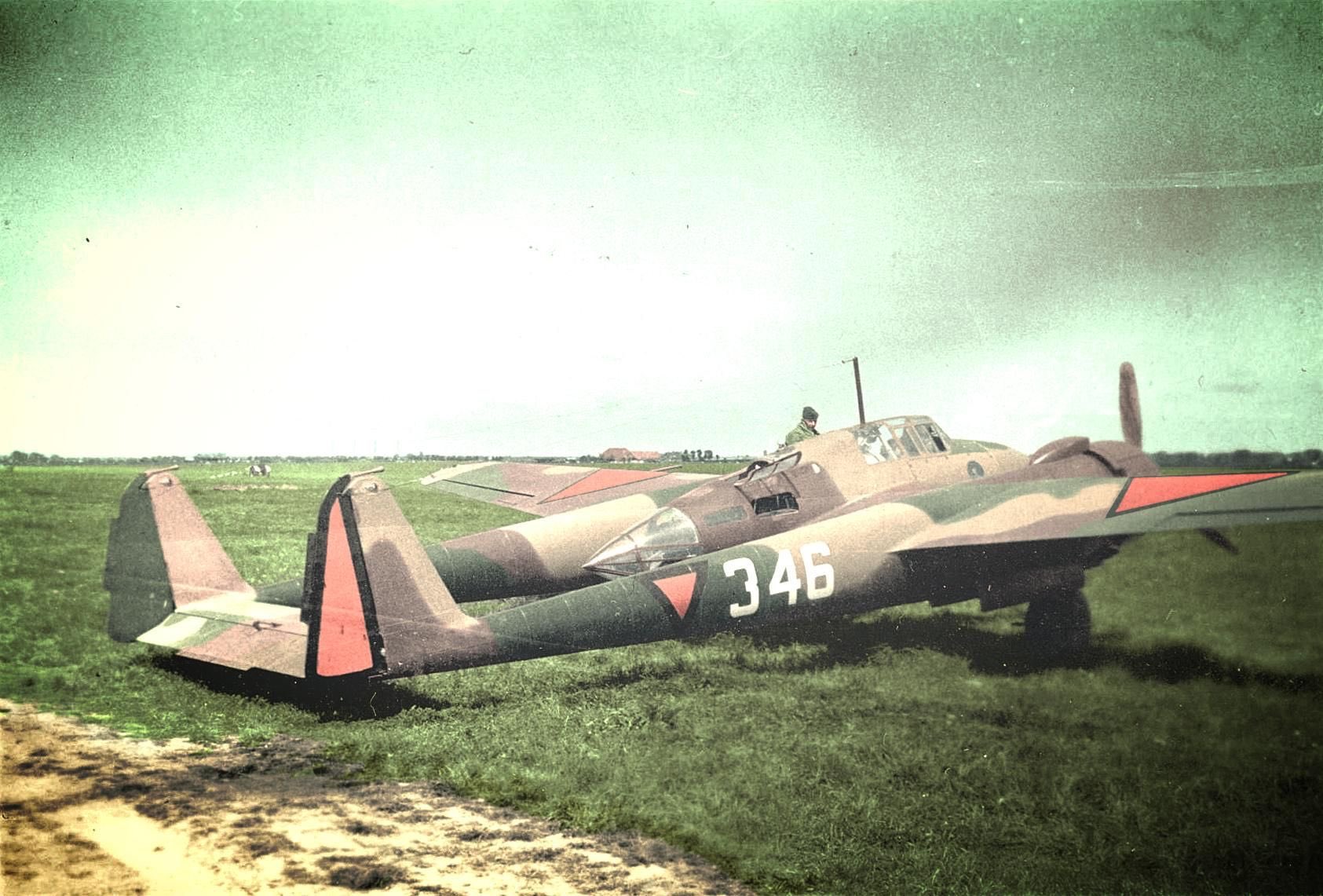

A British Whitley bomber was shot down over Pernis, Rotterdam by a Dutch Fokker G1.
Neutral Holland had the obligation to intercept any kind of intruder of Dutch air space. The five men Whitley crew suffered one fatality.


Last edited:
The cone shape in the back of the plane caught my eye.
At first, with the reflection of the light, I thought it was chrome which would be something I've never seen before.
Yes, well, obviously it wasn't chrome.
I looked up the G1 and found:
"The Fokker G.I utilized a twin-engine, twin-boom layout that featured a central nacelle housing two or three crew members (a pilot, radio operator/navigator/rear gunner or a bombardier) as well as a formidable armament of twin 23 mm (.91 in) Madsen cannon and a pair of 7.9 mm (.31 in) machine guns (later eight machine guns) in the nose and one in a rear turret."

 en.wikipedia.org
en.wikipedia.org
I still don't get the rear turret or rear gunner part or where they would be.

At first, with the reflection of the light, I thought it was chrome which would be something I've never seen before.
Yes, well, obviously it wasn't chrome.
I looked up the G1 and found:
"The Fokker G.I utilized a twin-engine, twin-boom layout that featured a central nacelle housing two or three crew members (a pilot, radio operator/navigator/rear gunner or a bombardier) as well as a formidable armament of twin 23 mm (.91 in) Madsen cannon and a pair of 7.9 mm (.31 in) machine guns (later eight machine guns) in the nose and one in a rear turret."

Fokker G.I - Wikipedia
I still don't get the rear turret or rear gunner part or where they would be.

Czechoslovak railroad workers defrosting railroad tracks using a MiG-15 engine during a severe snowstorm in 1970.


































































